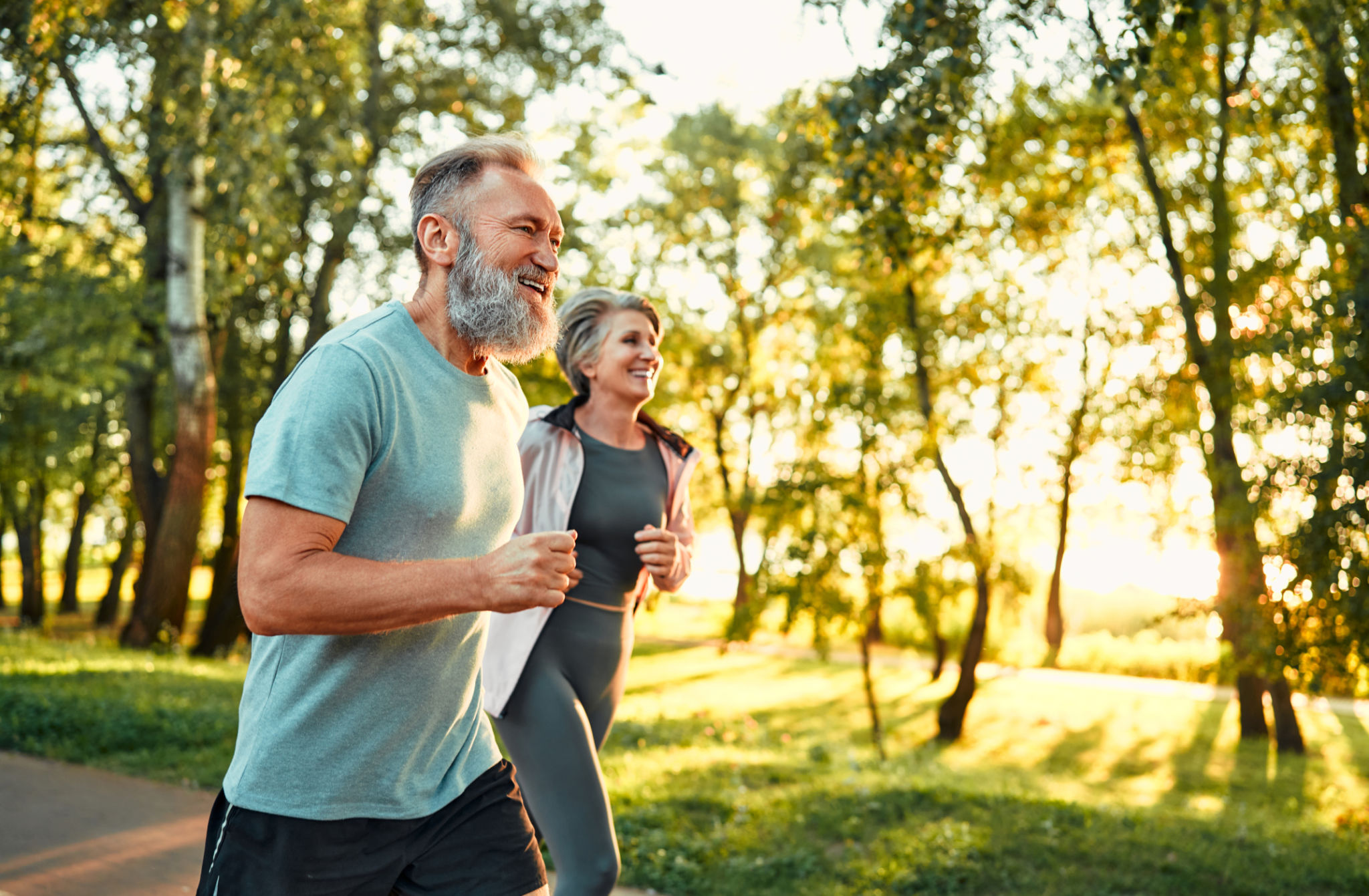A Beginner’s Guide to Understanding VO2 Max and Its Importance
What is VO2 Max?
VO2 Max, or maximal oxygen uptake, is a measure of the maximum amount of oxygen a person can utilize during intense exercise. It is an essential indicator of cardiovascular fitness and endurance capacity. This value is typically expressed in milliliters of oxygen consumed per minute per kilogram of body weight (ml/kg/min). Understanding VO2 Max can offer valuable insights into your physical fitness and help in designing effective training programs.

How is VO2 Max Measured?
VO2 Max is usually measured during a graded exercise test, commonly performed on a treadmill or cycle ergometer. During this test, intensity gradually increases until exhaustion, while a mask collects and measures the volume and concentration of oxygen and carbon dioxide in the participant's breath. For those unable to access laboratory testing, there are submaximal tests and fitness trackers that can provide estimated VO2 Max values.
While laboratory tests offer the most accurate measurements, these alternative methods can still give a useful indication of aerobic capacity. Fitness trackers with heart rate monitors often include algorithms that estimate VO2 Max based on activity data.
The Importance of VO2 Max
VO2 Max is a powerful predictor of athletic performance and overall health. Higher VO2 Max values are associated with increased endurance and enhanced ability to sustain high-intensity exercise. It also correlates with lower risk factors for cardiovascular diseases, as higher levels of aerobic fitness can improve heart health and overall longevity.

For athletes, improving VO2 Max can lead to better performance outcomes in endurance sports like running, cycling, and swimming. For non-athletes, maintaining a good VO2 Max level contributes to general well-being and can help manage weight, blood pressure, and mental health.
Factors Influencing VO2 Max
Several factors can influence an individual's VO2 Max, including age, gender, genetics, training status, and altitude. Typically, VO2 Max decreases with age and tends to be higher in males than females. However, regular endurance training can significantly improve VO2 Max in both men and women, regardless of age.

Additionally, living or training at high altitudes can increase VO2 Max over time due to changes in the body's oxygen-carrying capacity. Genetics also play a role, as some people are naturally predisposed to higher VO2 Max levels.
Improving Your VO2 Max
To enhance your VO2 Max, incorporate a mix of aerobic exercises into your routine such as running, cycling, or swimming. High-intensity interval training (HIIT) has been shown to be particularly effective in boosting VO2 Max by combining short bursts of intense activity with periods of rest or lower-intensity exercise.
It's important to gradually increase the intensity and duration of your workouts to avoid injury and allow your body to adapt. Regular assessments can help track progress and adjust training plans accordingly.
Conclusion
Understanding and improving your VO2 Max can greatly impact your physical fitness and overall health. By incorporating effective training strategies and monitoring progress, you can enhance your endurance capacity and enjoy the myriad benefits associated with higher cardiovascular fitness. Whether you're an athlete aiming for peak performance or someone looking to maintain good health, focusing on VO2 Max is a step in the right direction.
